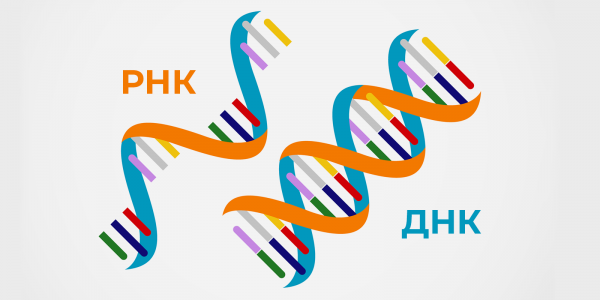It is now considered Coronavirus (COVID‑19) / NHS Inform that most people no longer need to take a coronavirus test. But you can do COVID‑19 Testing: What You Need to Know / CDC this is if:
There are two types of Overview of Testing for SARS‑CoV‑2, the virus that causes COVID‑19 / CDC analyses, each of which has its own purpose.
PCR stands for Polymerase chain reaction (PCR) / National Human Genome Research Institute as a "polymerase chain reaction". This method is used to detect infections.
In general, the analysis is carried out as follows: a smear is taken for the study, DNA fragments similar to fragments of a virus or bacteria are detected in it. Then, with the help of an enzyme, is synthesized Polymerase Chain Reaction (PCR) Fact Sheet / National Human Genome Research Institute two new chains, using the original pieces as templates. This cycle is repeated 30-40 times. As a result, more than a billion exact copies of the original DNA segment are obtained.
When the chain becomes large enough to be examined, the DNA begins to be compared with a given panel. If there are matches, the analysis is considered positive. If not, negative.
PCR diagnosis of coronavirus is generally carried out in the same way, a smear is taken from the nose and oropharynx. But there is a caveat: the coronavirus is based on RNA, not DNA.

DNA molecules consist of two chains of polynucleotides (nucleic acids in which genetic information is encoded) spirally twisted around each other. The RNA is from one. The difference is noticeable, so the analysis process becomes more complicated.
To begin with, researchers have to translate pieces of the RNA of the suspected virus into DNA. Then create new DNA. Then translate DNA into RNA again to identify the coronavirus. In the language of microbiology, this process is called "reverse transcription PCR".
PCR analysis allows you to determine the coronavirus even before the first symptoms appear.
The study takes at least a few hours, and then a few more hours for processing. Therefore, most often the test result is given out in a day — but in some laboratories it is done faster.
An express test also allows you to identify an infection. It can be carried out quickly and independently, without contacting the clinic. To do this, you need to buy a test at a pharmacy, take a smear from the nasopharynx and place it on a special strip that already has antibodies to covid. They will react Overview of Testing for SARS‑CoV‑2, the virus that causes COVID‑19 / CDC on the biomaterial and can detect antigens there — virus particles that are foreign to the human body. The result will appear on the strip. This usually takes about 30 minutes. How to decipher the result is indicated in the instructions.
The gold standard is considered to be a PCR test. Its accuracy is 95% Lateral flow tests are 95% effective at detecting Covid‑19 when used at the onset of symptoms / University of Oxford .
Express options are 80% reliable How Accurate Are At‑Home COVID‑19 Tests? / VeryWellHealth cases, therefore, it is advised to take a negative result as preliminary and repeat the test after 24-48 hours.
The serological test allows Interim Guidelines for COVID‑19 Antibody Testing / CDC determine the presence of antibodies in the blood that were developed during a previous illness or after vaccination. It is generally not used to determine the disease, but shows the presence of immunity in humans. The study detects protein in the blood serum for several days or weeks after an acute infection or vaccination.
Two types of antibodies can usually be found in the blood:
But it is important to understand that the presence of antibodies and immunity — even after illness, even after vaccination — does not guarantee How do COVID‑19 antibody tests differ from diagnostic tests? / Mayo Clinic that you are 100% protected from coronavirus. You can still get it.
There are several options:
Yes, it is possible — but only a doctor can prescribe a referral for research. To find out exactly how to do a free test, you need to contact the polyclinic at your place of residence.
This material was first published in March 2020. In January 2024, we updated the text.